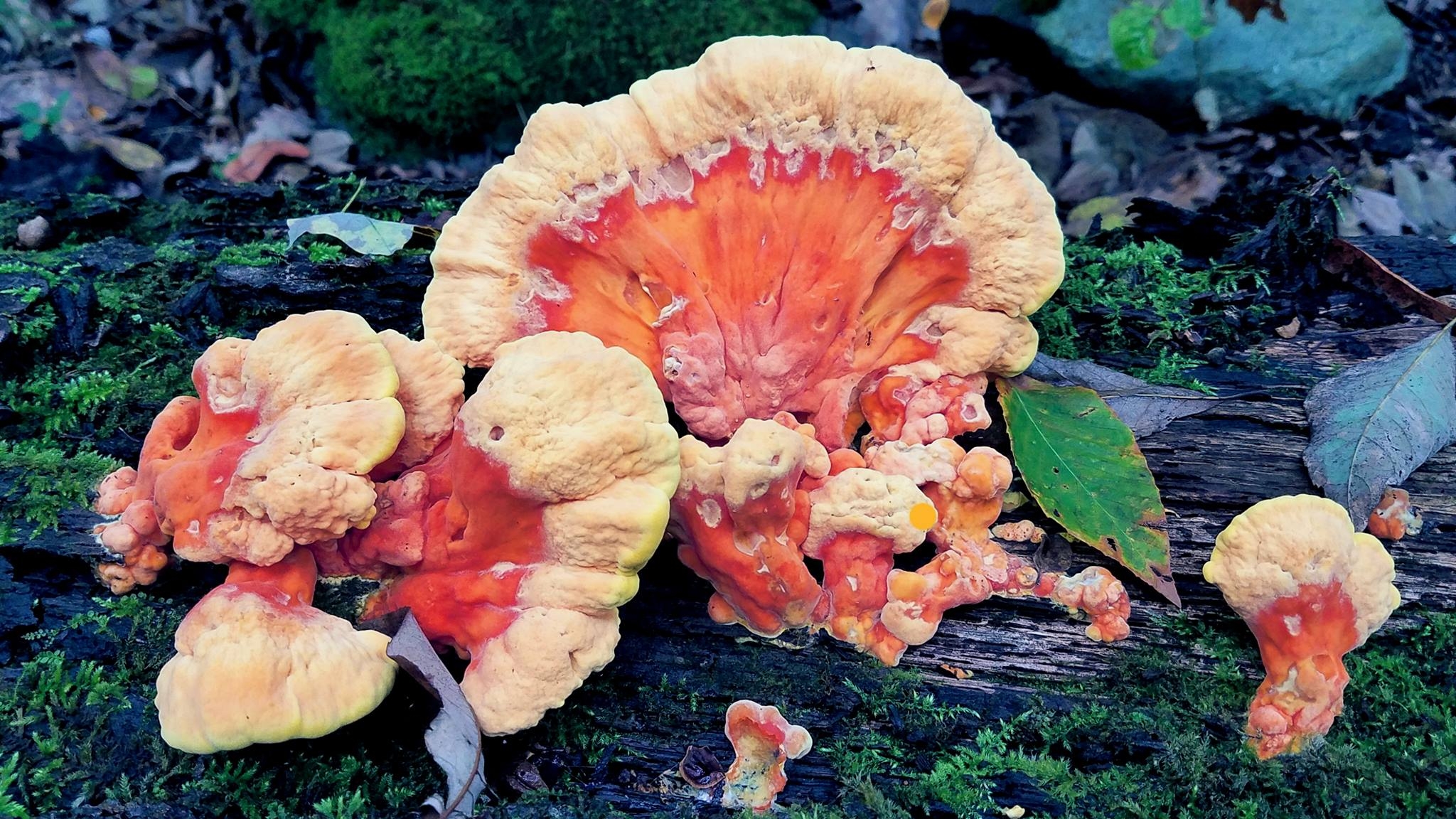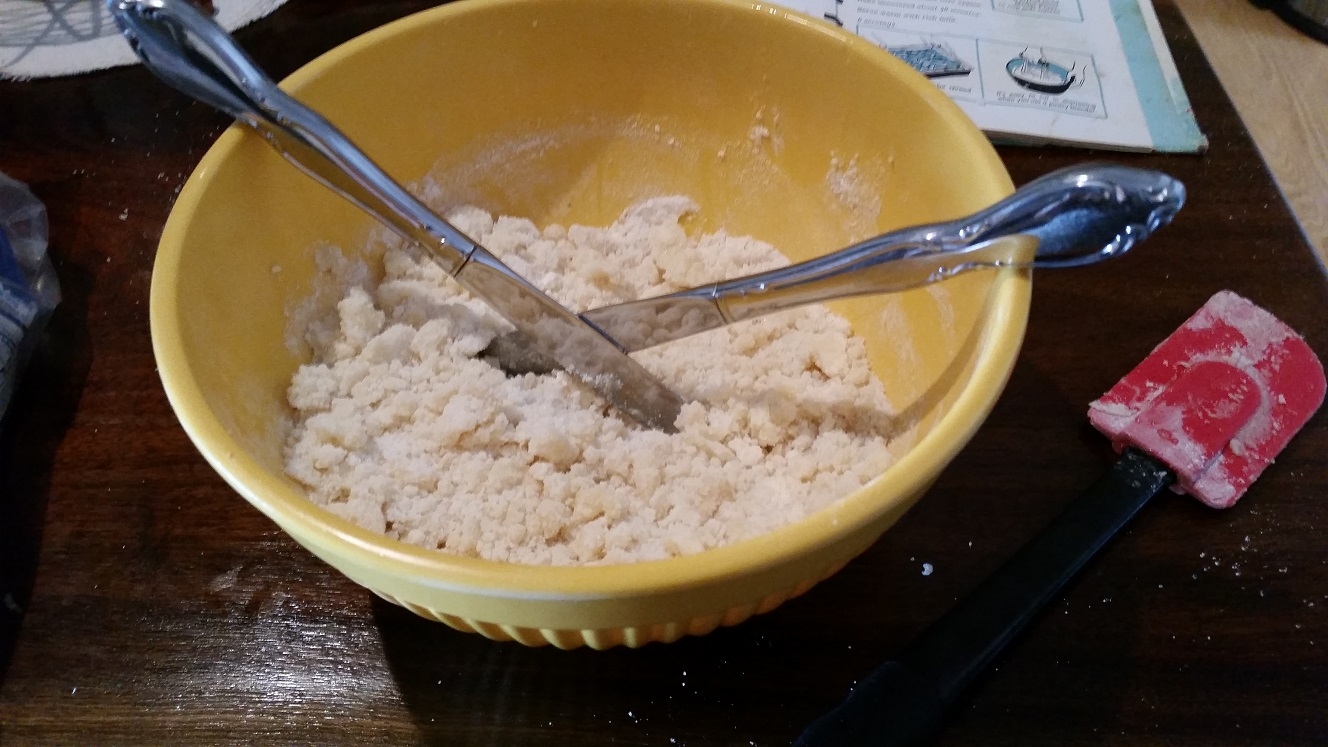This wouldn’t be Jerky, Pickles, and Beer without a probiotic fermentation and pickle article!
I want to introduce you to the world of probiotic fermentation and pickles. I use an old world method for pickling. A live pickle. This fermentation and pickling process uses a live culture which creates acids to produce the sour pickle flavor. This process has been in use for thousands of years. Many people say there are various health benefits to live cultured foods. Although I like the positive health benefits, I am most interested in the amazing flavors!
For additional resources, I created a section which has equipment and books! Check out Probiotic Fermenting and Pickling
Probiotic Fermentation or not?
Most of the pickles you are accustomed to are considered quick pack pickles or refrigerator pickles. These pickles are made with vinegar, salt, sugar, and/or spices. Almost every pickle you can buy at the grocery store are “dead” pickles. That means they do not have a live culture in them. Typically anything sealed and canned or bagged, not refrigerated, is not a living cultured pickle. There are many reasons why I don’t pickle this way. You surely can create a delicious product when canning pickles, but this article is not about canned pickles. If you want some delicious canned pickles, check out Daryl’s Dills on facebook!
Fermenting Pickles and vegetables
Preserving foods through fermentation is fun, saves money, and can keep you supplied with wonderful pickled things all year long! Getting started fermenting your own pickles isn’t too hard. There are many methods and various pieces of equipment you can use. I am going to outline my chosen methods and equipment. After a good amount of research, I have found this process to be successful. One of my biggest initial fears of fermenting foods was spoilage. I was also afraid I was going to poison my friends and family! That’s a bit of a long shot, but it was a fear nonetheless. The best way to avoid spoilage and unwanted growth is to use an anaerobic fermenter. That means you are fermenting in an airtight container. Some pickling methods use open crocks. I avoided this due to the potential to grow yeast and mold. When you pickle in an open container, you need to watch the batch closely for mold or (white) kahm yeast. That needs to be removed. You can even get kahm in sealed jars. However, I have yet to see it in my fermenters.
Can I Store Fermented Foods
The first thing I have learned about storage times is that you must first prepare and ferment your vegetables correctly before they will maintain a long shelf life. If during the probiotic fermentation process you had mold or excess kahm yeast (not necessarily a problem, but does change shelf life), the finished product could be less shelf stable and should be consumed faster. If you haven’t thoroughly washed your vegetables or prepared them by trimming, soaking, and/or other common practices, that can change storage options. If the probiotic fermentation wasn’t complete or air tight, chances are, the shelf life will be reduced. However, for fully and successfully fermented foods, there are many ways to store them for long periods of time. Another consideration is the quality of the produce used. If you use produce past its prime or of lower quality, the end result will also be lower quality and quickly expire beyond its prime.
Probiotic Fermentation of fruits is very similar to vegetables and a good analogy for the storage question
Keep this in mind and try to use it as a guide. Apples are great fresh. Juice them, add the appropriate yeast versus bacteria, keep them air tight, ferment them for a time and you can get delicious dry hard flat cider. If you ferment the apple juice for a shorter period, add a different yeast, and/or add more sugar, you could get sweet or dry, sparkling cider. Now, open that hard cider to the air, add a bacterial culture, store it for a number of months, and you will have vinegar. You can manage that entire process artfully, or you can have questionable storage techniques and create the various end results accidentally. This is the case with most live foods. Wine is another great example. Good quality wine can be aged for many years, inside or outside of a bottle (barrel). Some wine is delicious only weeks after it is made. Other wines only become delicious after years of storage. Again, wine making can be done artfully, or you could be sloppy and turn all your batches into vinegar.
How Long Do Fermented Foods Last?
This question is common. You can further preserve your fermented foods by traditionally canning them in a hot bath or pressure cooker, but this tends to kill all or most of the beneficial live bacteria, making your vegetables no longer a probiotic fermentation. That’s the goal of canning, kill anything that can change, alter, or spoil the food! Canned foods can be stored and eaten for years. I have found through experience that fermented vegetables will keep for many months in the refrigerator. I have stored Sauerkraut at room temperature for 3 months after fermenting, for a total of 6 months with no refrigeration. After about that time with no refrigeration, my sauerkraut tends to get very mushy. It is still edible, and even still delicious as an ingredient in sauces, however the texture is not good on its own. I have left fermented peppers at basement temperatures 55-65 degrees for literally multiple years. The goal was to make a hot sauce anyway, so the texture was a moot point. This probiotic fermentation and storage has created layers and depth of flavor that makes the sauce very desirable. You may be surprised to know that Tobasco sauce is stored and aged too. Read about it here. So, the answer is: “It Depends.”
Fermenting Is Preserving
Because the live probiotic fermentation process is creating an environment for your vegetables where they will not further “spoil,” storage times can almost be considered indefinite. However, as these are live cultures, eventually things will change with your ferments that will make them undesirable, potentially inedible. Storing fermented foods in the refrigerator will increase the amount of time you can store them. I have ferments in my refrigerator now that have been there for 8, 12, even 16 months. However, over time, the textures and flavors will change. Also, fermented foods are not immune to spoilage. As you store your foods and choose to use them, refrigerated or not, be sure to look at them, smell them, and taste them to determine how they have changed over time. If the look and smell test fails, I probably would avoid tasting! However, in almost all cases, where vegetables were properly fermented (see above), there is very little chance of the probiotic fermented food becoming dangerous to eat. Some ferments are best when stored for very long times. Some should be eaten quickly. For instance, fermented cucumbers, traditional probiotic fermentation pickles, don’t last much more than a few weeks before they turn to mush. I still eat them like that, but putting them out for guests could get a few interesting reactions.
When Do Fermented Foods Go Bad?
Look, Smell, and Taste! Is is still good?
Fermenting Equipment
I created my fermeters using widely available wide mouth ball jars. I use lids with holes in them, round rubber gaskets, and an airlock. You can buy these pre-assembled or you can source all the individual products and make them yourself. Homebrewing supply stores often carry the air locks, wide mouth mason jars are easy enough to find, and the lids with holes in them can be found many places. The rubber gaskets of the right size were the hardest to source only because I was initially unsure of the correct size. For an inexpensive entry into fermenting, this reasonably priced fermentation kit
should work well.

Live Cultures For robiotic Fermentation
Live pickling (probiotic fermentation) doesn’t actually require you to supply a culture. The yeasts and bacteria needed to ferment correctly is present in nature. Small cultures of it are living on most of the fresh fruits and vegetables you already eat! Isolating the culture and creating an environment for it to thrive is what the fermentation process is all about. Getting the timing, temperature, and salt content correct is the biggest challenge. If the temperature isn’t correct, the wrong bacteria or yeast (or other molds!) grow. If the salt content is too low or too high, again the wrong organism takes over. It is possible to put fresh vegetables in a fermenter with a salt brine solution, keep it below 72 degrees, and you will ferment correctly. However, to ensure success or at least have a greater likelihood that the outcome is what you are looking for, I recommend using a starter culture or a past “correct: probiotic fermentation. By adding a culture to your vegetables, the salt content isn’t as important. The starter culture allows the good bacteria to create the dominate strain growing right off the bat. As this culture takes hold, it creates an environment that is unfavorable for the bad bacteria and organisms, reducing the chances for spoilage. Once you have some good batches under your belt, using your past live brine as a starter works very well.

Pickling Recipes and Spices
Ok, this is the hard part! Every vegetable has different flavor profiles, both fresh and pickled. Getting the flavor right is what makes this hobby rewarding and fun yet sometimes disappointing and laughable. Let me just say, my first ever probiotic fermentation, a batch of mixed pickled vegetables, ended up tasting horrible! It wasn’t a bad batch, I just mixed the wrong vegetables and spices together. Although I never ate what I made, it was really fun to get started and the bad batch didn’t break the bank.

Now that I have many batches under my belt I have learned a few things:
- Stick with single vegetables first, don’t pickle a mix until you have more practice
- Get a book or find recipes online as a starting point
- If you are going to experiment with your spices and brine, keep it simple!

Pickles aren’t just cucumbers
You are not limited to pickling cucumbers! Although I swoon for delicious dills, I am also a fan of various other options, some quite exotic. Sauerkraut is a great example! Sauerkraut isn’t exotic to folks in Central Pennsylvania, but it is a live fermented pickle! It surely has a distinctive flavor! If you like sauerkraut, it is a very easy first batch. All you need is some cabbage! Any additional spice is completely optional. Kimchi is like sauerkraut, but spiced in a very exotic way. You will be using ginger, lots of red pepper powder, garlic, and sometimes sesame. Most traditional recipes call for fish sauce and brined fermented shrimp! I highly recommend using these ingredients if you are going to make kimchi. It’s what gives kimchi the authentic flavor. After many batches of kimchi, I have tweaked a traditional recipe. I have a whole article dedicated to kimchi.

Other pickling options: (And many more!)
- Green beans (Have you ever tried “dilly beans?)
- Sweet or hot peppers
- Hot sauce (Many of your favorite hot sauces are live fermented)
- Cauliflower
- Carrots
- Beets
- Watermelon Rind
- Onions
Get yourself some vegetables, a fermenter, and pickle something!




